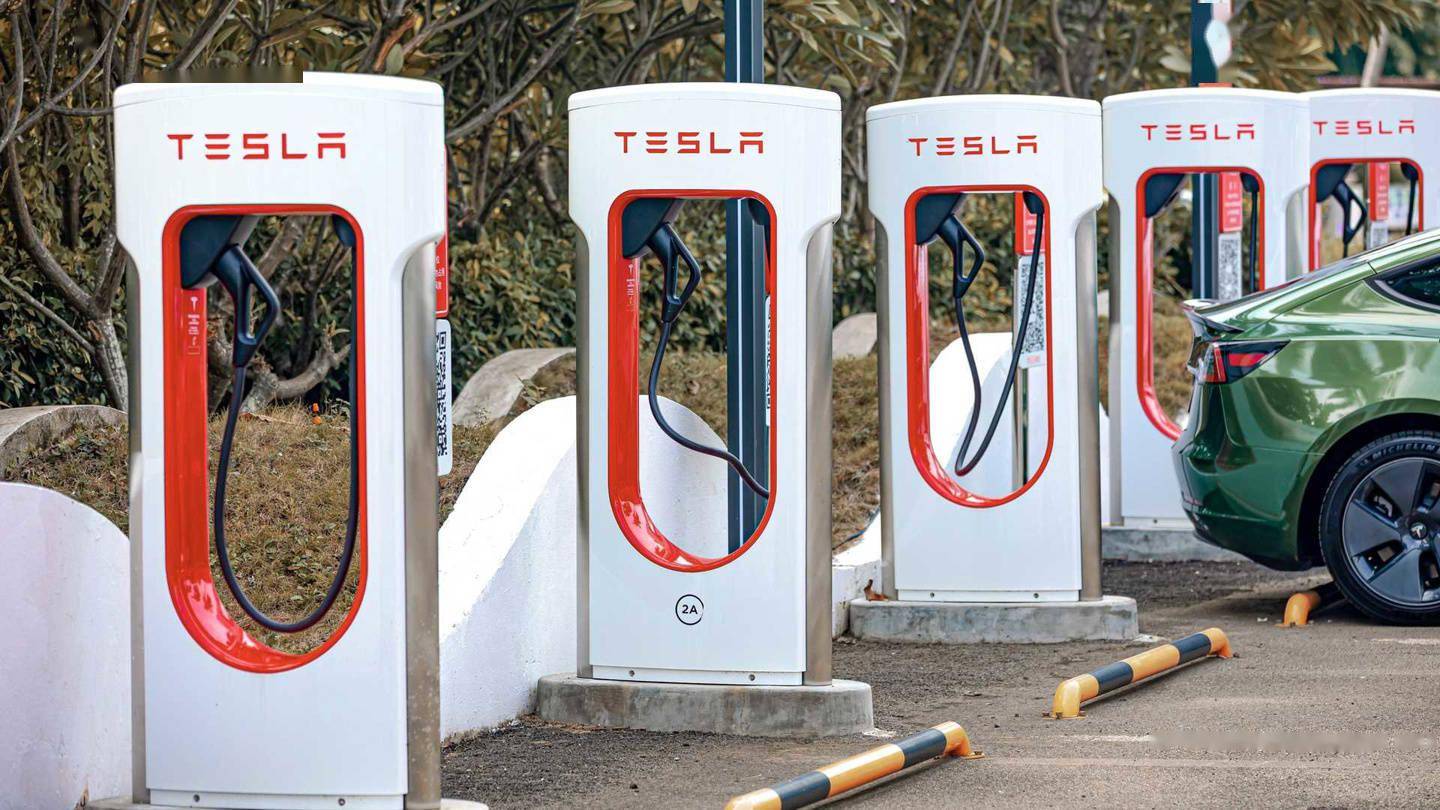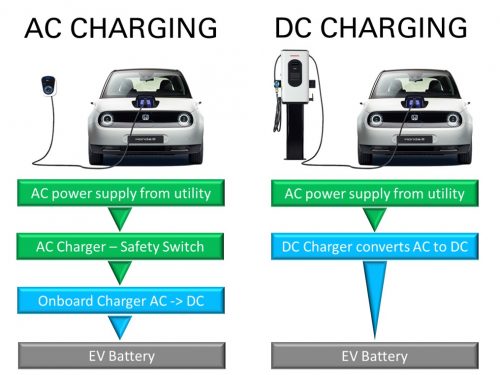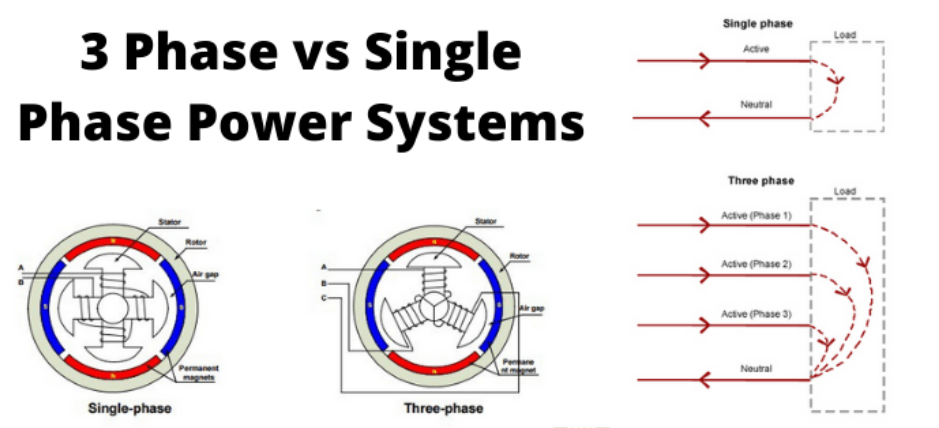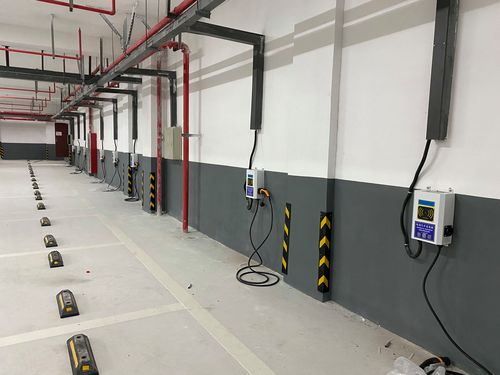How To Choose A Home EV Charging Station?
In 2022, the automotive industry underwent tremendous changes. With the sharp rise in oil prices, many people chose to purchase new energy vehicles. In the first half of 2022, China's sales of new energy vehicles increased by 1.2 times. In the near future, new energy vehicles will definitely become increasingly popular and become a trend.
If you start with new energy vehicles, you will definitely face charging problems. This article will provide you with recommendations and purchasing strategies for household charging stations.
Currently, there are many public charging stations available on the market for new energy vehicles. Some are self built charging stations by new energy vehicle brands, such as Tesla, which has self built charging stations with fast charging speeds. However, most new energy vehicles do not have dedicated charging stations. In first and second tier cities, there is a daily queue for charging, and the price is not cost-effective.
In May of this year, I purchased a household charging station. Although the initial installation process was a bit troublesome, after installation, it was truly fragrant. Not only is it convenient, but it also saves more than half of the price for my type of car usage. So I really recommend friends who frequently use their cars on a daily basis to install a household charging station, which can save a lot of money and time.
I spent half a month on the installation and purchase strategy of household charging piles. This article will provide you with relevant knowledge of household charging piles, as well as how to choose household charging piles. I will also attach my own test experience of Jichongfeng new energy vehicle charging piles and recommended household charging piles that are worth getting started.
I hope to help everyone quickly understand household charging stations and solve the shopping troubles. If you think this article is helpful, you can click on a bookmark first. It's convenient to check when you need it. If you have any questions, you can leave me a message in the comments section.
1、 Charging Station Science Popularization and Precautions
1. Installation process
Many people do not want to purchase household charging stations, partly because they do not have a parking space or find it difficult to apply for installation, because household charging stations cannot be installed without obtaining permission from multiple parties. There are roughly the following processes:
Having one's own parking space or a place for personal installation; Confirm whether the charging station is suitable for one's own vehicle model and the property in the community where it is located. Confirm whether the charging station can be installed and where to obtain power; Prepare the materials for applying for new energy and fill out the application form for household charging stations according to the process/ After building a house and applying for an electricity meter from the power supply bureau, you can install it once all the above are OK.
2. Current
AC power: AC power belongs to slow charging. Currently, household charging stations use AC power. If you can install a charging station yourself, there is actually no need for fast charging. Excessive current may cause some damage to the battery. And most of the AC power can be installed, and the cost will not be too high.
Direct current: Direct current is about to charge. The majority of public charging stations use direct current, which emphasizes fast charging speed. However, the installation of household charging stations is more difficult. Firstly, most residential areas do not support the installation of such large high-voltage currents, and the installation is complex and the cost may be on the high side.
3. The difference between single-phase and three-phase electricity
Single phase electricity: 220V, mostly paired with a power of 7kw. Most household charging stations are of this type, which can be fully charged in about 7 hours.
Three-phase power: 380V, most of the power is 11kW, and the charging speed is faster. However, it is necessary to consider whether it can be installed at home and whether the vehicle model is suitable.
Two options can be chosen based on one's own actual situation, each with its own advantages.
2、 How to choose a household charging station
1. Power
Most household charging stations are 7kw AC stations, and 7kw charging stations can meet the charging needs of the vast majority of new energy vehicles. Moreover, their installation is relatively more convenient, and most residential or residential areas can apply for them.
There are also some cars that can support charging stations of 11kw and 22kw, such as Tesla, but the early installation process is relatively complicated and requires going to the power grid bureau, property management, and other places to obtain permission before installation.
The charging power suitable for different car models varies, and you need to choose according to the power that your car is suitable for. The higher the power, the better. If your car only supports 7KW of input power, even if you choose 22kW of input power, there will be no change in charging speed.
Charging 7 kWh per hour with 7KW is equivalent to approximately 40 kilometers
Charging 11 kWh per hour with 11KW is equivalent to approximately 60 kilometers
22KW, charging 22 kWh per hour, approximately equivalent to 120 kilometers
2. Charging method
In addition to the most basic plug and play charging method, it is also necessary to have a card swiping and charging system to ensure certain safety and prevent others from stealing and charging. Currently, most of them support remote startup of mobile apps or WiFi connection for charging, which is more convenient.
3. Security
In terms of security, the first thing to consider is the level of protection, with a minimum of IP55; Secondly, it is important to check whether there is voltage or power protection for charging, preferably with intelligent temperature control. This way, if the temperature is too high, it will automatically reduce power or directly cut off power, which can better protect the battery and extend its service life.
4. Functionality
Regular version home charging station:
Plug and play, swipe card to start
Usually paired with a display screen to obtain information through the display screen
Online version of home charging station:
There is a dedicated app that can be remotely controlled
Various charging methods, including card swiping, mobile app, WiFi, etc
It can be charged regularly and set for peak charging at night, which is more cost-effective




